Have you ever wondered why your cat only seems to have eyes for you, ignoring everyone else in the room—even if they’re waving a treat or calling her name? It’s both flattering and a little mysterious. Some cats act like secret agents, carefully choosing their human, and sticking to them like glue. While it might make guests feel left out, it’s actually a fascinating side of feline behavior that tugs at our hearts and piques our curiosity. Let’s unlock the secrets behind why some cats pick just one person to be their special someone.
The Nature of Feline Attachment

Cats have a reputation for being independent, but the truth is, they form deep emotional bonds—in their own unique way. Unlike dogs who often lavish affection on anyone, cats tend to be choosier. This selectiveness stems from their wild ancestors who relied on close-knit family groups for safety and survival. When a cat bonds with one person, it’s as if they’re recreating that trusted inner circle, choosing someone they feel safest with. This attachment is often subtle, revealed in quiet moments: a gentle headbutt, a slow blink, or just sitting nearby while you work. For many cat lovers, this selective affection feels incredibly special, like being let in on a beautiful secret.
Early Socialization and Its Impact

The way a kitten is socialized during its early weeks can shape its personality for life. Kittens exposed to a variety of people, sounds, and experiences between two and nine weeks of age often become more adaptable adults. On the flip side, a kitten that only interacts with one person during this critical window can develop a strong preference for that individual. This early bond can be hard to break, even as the cat grows older. If you’ve ever met a cat who hides from everyone but their original owner, you’ve seen this in action. It’s a little like a kid who grows up in a tiny town and feels out of place in the big city—the comfort of the familiar wins every time.
Personality Match: Cats Choose Their People

Believe it or not, cats have personalities just as complex as people do. Some are shy, some are bold, and others are somewhere in between. When a cat finds a human whose energy matches their own, magic happens. A quiet, gentle person may attract a timid cat, while an outgoing and playful feline might gravitate toward someone with a lively spirit. This “matchmaking” isn’t random—cats are expert readers of human body language and tone. They notice who moves slowly, speaks softly, or respects their space, and often reward that person with their trust. It’s like finding a best friend who just gets you, without having to say a word.
Consistency Builds Trust
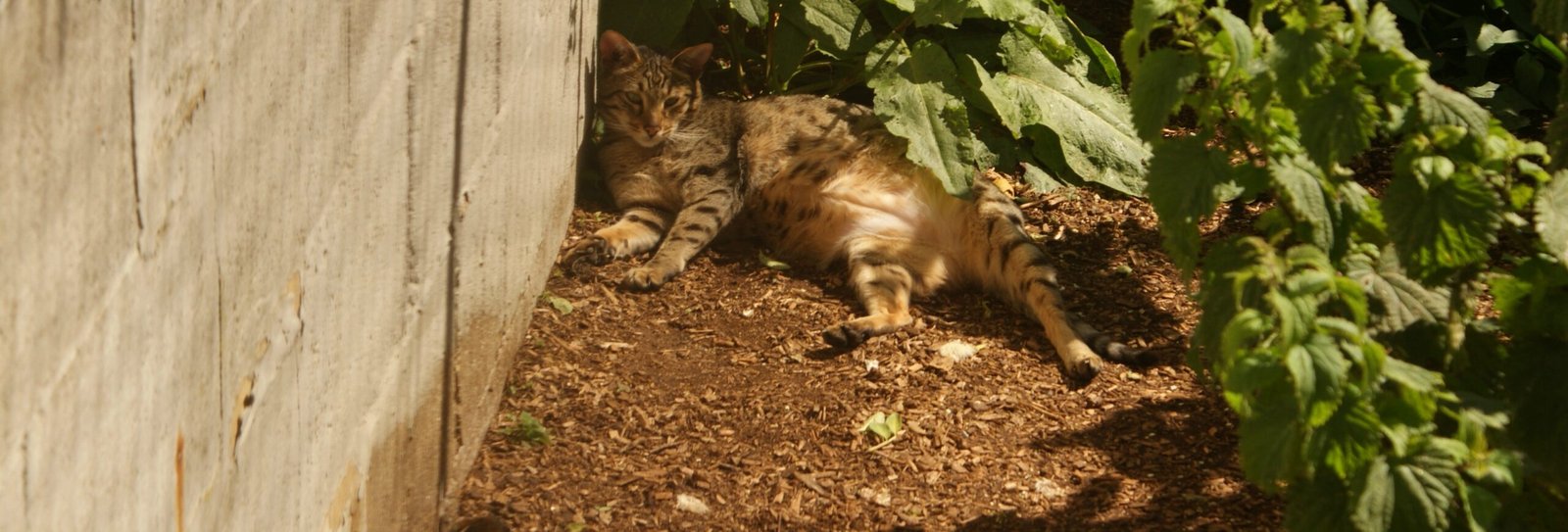
Cats thrive on routine. When one person consistently feeds, plays with, and cares for a cat, they become a pillar of reliability in the cat’s world. This predictability helps nervous or sensitive cats feel secure. Over time, the cat associates this person with safety and comfort, deepening the bond. Imagine coming home after a rough day and knowing your favorite person will be there, ready to listen—cats feel that same sense of relief and trust. Consistency isn’t just about schedules; it’s about creating a stable environment where a cat knows exactly what to expect.
Voice and Scent Recognition
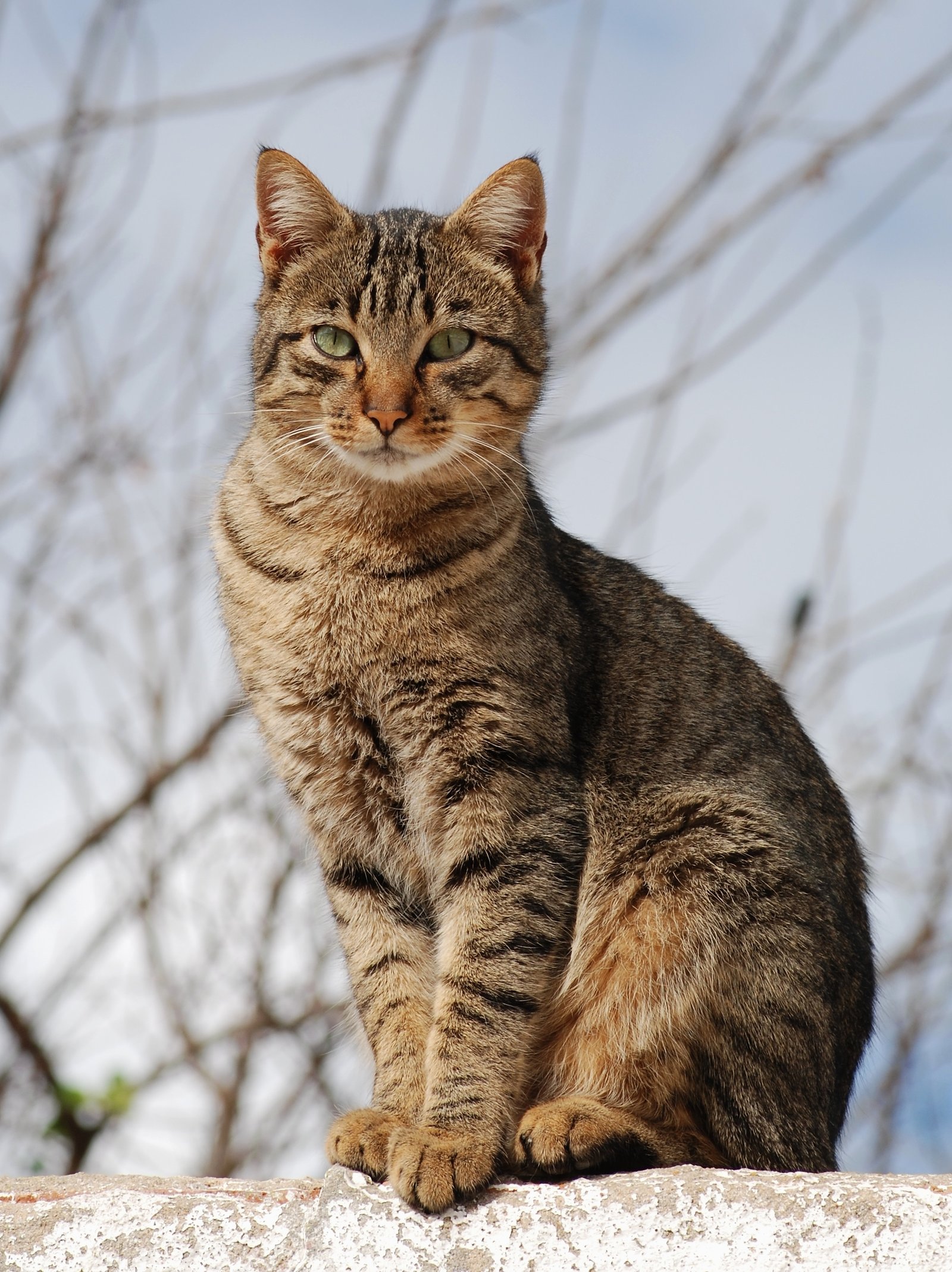
Cats have an incredible sense of smell and sharp ears that can pick out their favorite person in a crowd. They memorize your scent, your footsteps, even the way you breathe at night. Studies show that cats can distinguish their owner’s voice from a stranger’s, responding more readily when they hear it. This recognition is more than just familiarity—it’s comfort and security wrapped up in a sensory experience. Every time you talk to your cat or snuggle with them, you’re reinforcing that unique connection. It’s as if your presence is their own personal security blanket.
Body Language and Communication Cues

Cats are highly attuned to nonverbal cues. They notice how you move, how you make eye contact, and even how you react to their signals. If you respect their boundaries—letting them come to you instead of forcing attention—they’re likely to feel safer around you. Cats often bond with the person who “speaks their language” best, responding to subtle cues like a slow blink or a soft touch. This mutual understanding creates a communication channel that’s almost telepathic. The more you tune into your cat’s signals, the stronger your bond becomes.
Past Experiences Shape Future Bonds
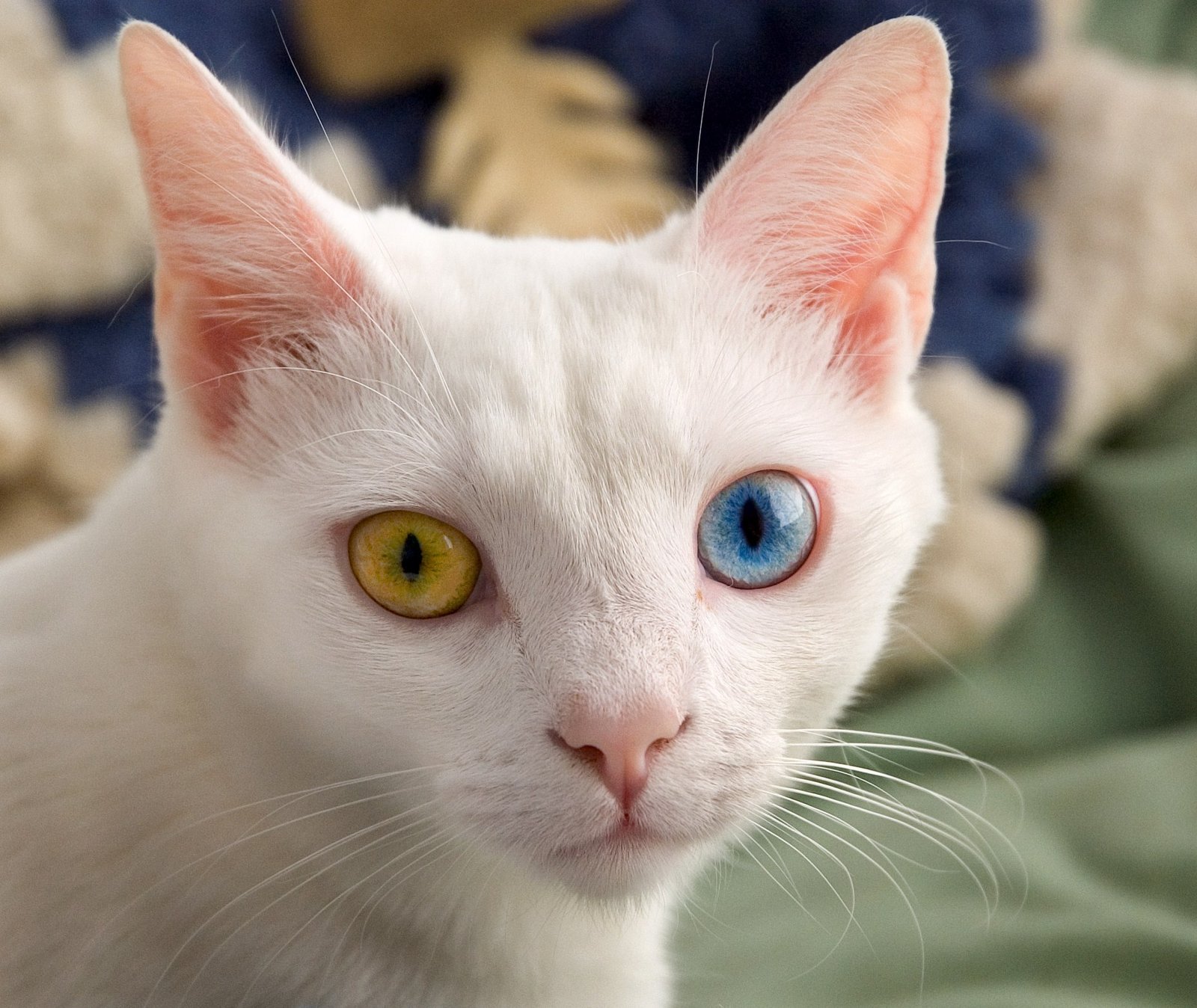
Some cats come with a history—good or bad—that shapes how they relate to people. A rescue cat who was treated kindly by one person during a tough time may develop a lifelong attachment to that individual. On the flip side, negative experiences can make a cat wary of strangers, sticking close to the one person they trust. These past impressions are powerful, often lingering long after a cat has settled into a new home. It’s a reminder that every cat has a story, and their loyalty is sometimes a hard-won prize.
Feeding and Care: The Power of the Provider

It might sound simple, but being the one who fills the food bowl can make a world of difference in a cat’s eyes. Food is a powerful motivator—after all, survival depends on it. Cats quickly learn who provides their meals, treats, and comforts, and they often show more affection to that person. But it’s not just about the food; it’s about the care and attention that come with it. Grooming, playing, and soothing a scared cat all build a foundation of trust and affection, turning a simple caretaker into a cherished companion.
Genetic Predisposition to Selective Bonding
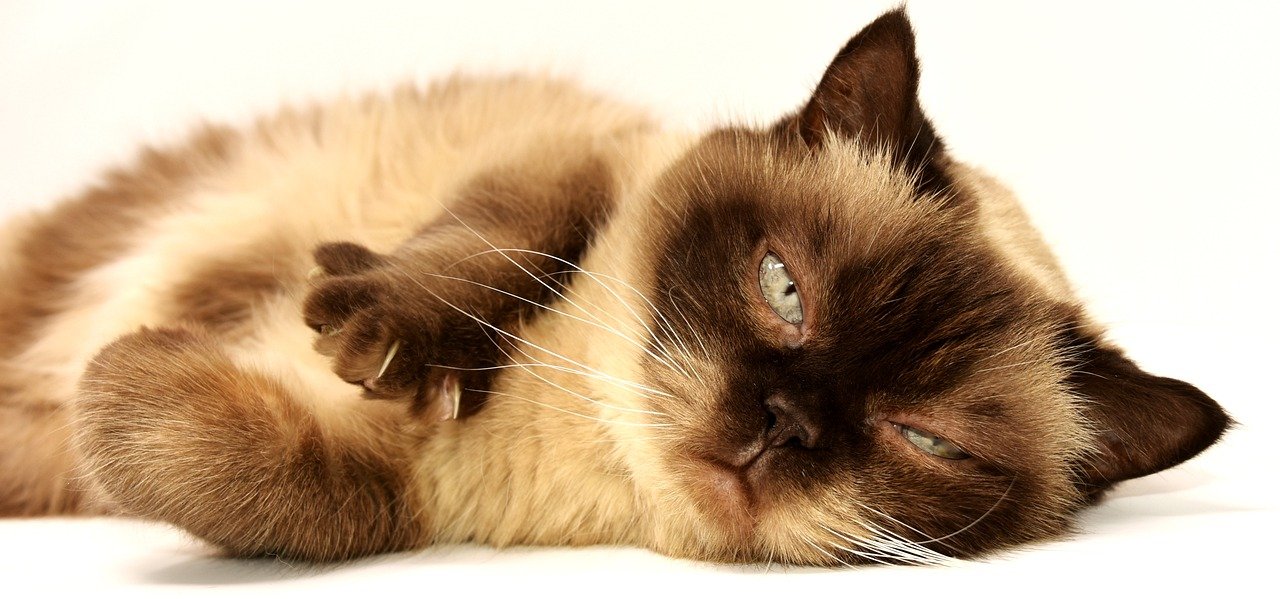
Some cat breeds are more likely to form strong, exclusive attachments than others. Siamese, Russian Blue, and Maine Coon cats, for example, are known for their loyalty to a single person. This trait is woven into their DNA, passed down through generations of selective breeding. If you have a breed notorious for “choosing a person,” don’t be surprised if your cat ignores everyone else on the couch. Genetics may be pulling the strings, guiding your cat toward the person they feel is “theirs.”
Socialization Differences Among Cat Breeds

While all cats are individuals, some breeds are simply more social—and more selective—than others. Ragdolls and Burmese cats tend to be social butterflies, often bonding with multiple people, while Persians or Turkish Vans might reserve their affection for just one. These differences aren’t strict rules, but they do offer clues as to why your cat might be a one-person feline. Knowing your cat’s breed tendencies can help you understand and respect their social preferences, making life happier for both of you.
Stress and Anxiety: Retreating to a Safe Person

When the world feels overwhelming, cats seek comfort in what’s familiar and safe. If your cat hides when guests visit or loud noises erupt, you might find them curled up in your lap or following you from room to room. This instinctive behavior is rooted in survival—sticking close to a trusted ally when danger looms. For anxious or high-strung cats, one person often becomes their emotional anchor, the steady presence that helps them weather life’s storms. It’s a touching display of trust that speaks volumes about the bond you share.
Changes in the Household and Loyalty Shifts

Major life changes—like moving, new pets, or a new baby—can rock a cat’s world. In the midst of chaos, cats often double down on their bond with one person, clinging to the source of stability in their environment. Sometimes, these changes can even shift a cat’s loyalty, especially if a new caregiver steps in during a stressful time. It’s a reminder that cats are sensitive souls, and their attachments can ebb and flow with the rhythm of your household.
Health Issues and Dependent Behavior
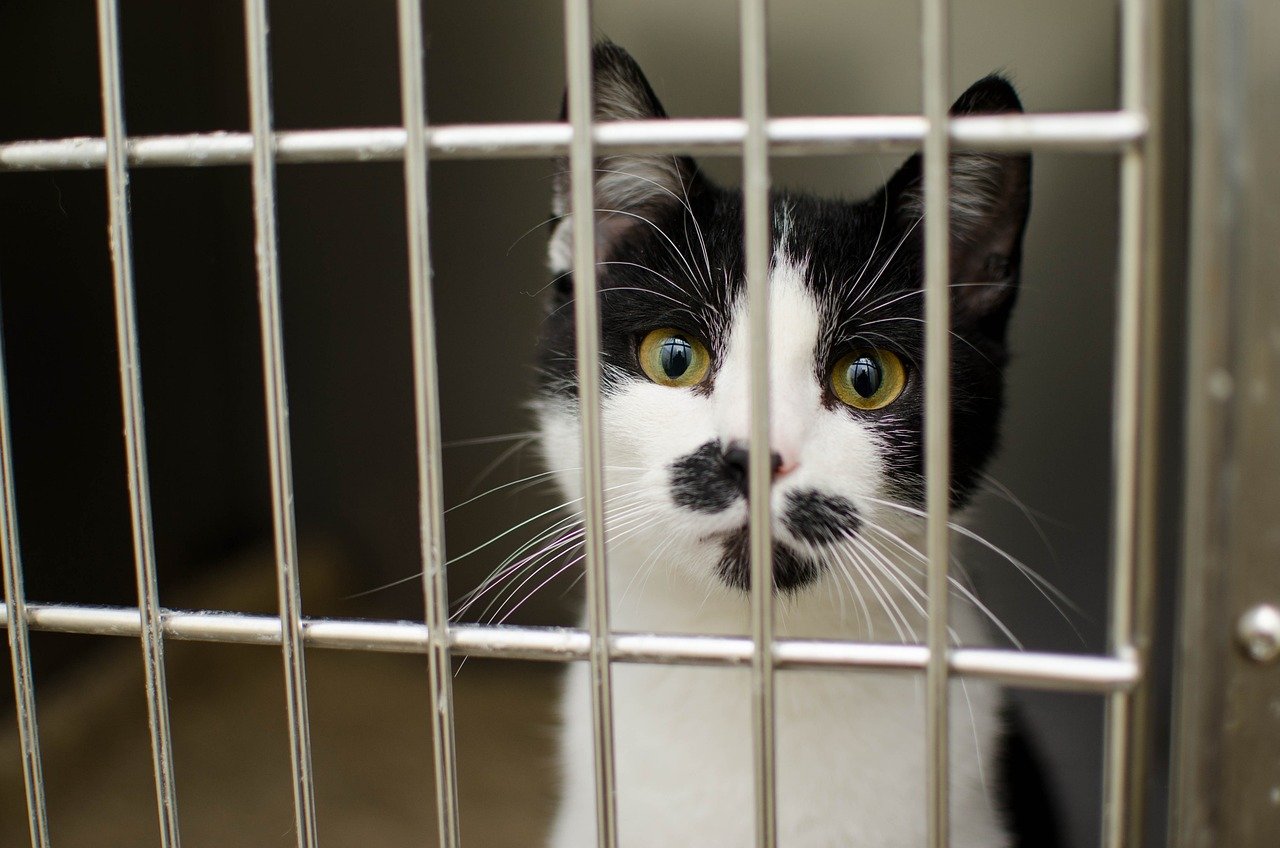
When a cat isn’t feeling well, they may seek comfort from the person they trust most. Sick or aging cats often become more attached, following their favorite human everywhere or demanding extra cuddles. This dependent behavior isn’t just about needing help—it’s about seeking reassurance and safety. Attentive owners often become the lifeline for their ailing cats, deepening the bond even further. In these vulnerable moments, the connection between cat and person becomes a source of healing for both.
Individual Temperament and Preference
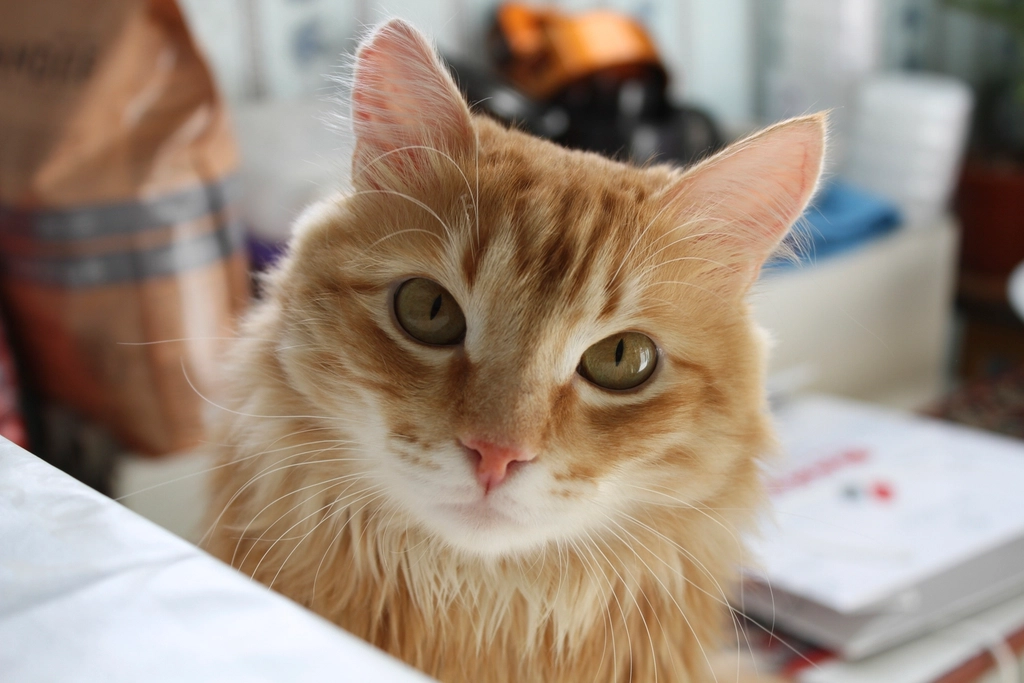
Just like people, cats have unique personalities and preferences. Some are natural extroverts, happy to mingle with anyone, while others are introverts who prefer one-on-one time with their chosen human. These temperament differences are shaped by both genetics and life experiences, creating a spectrum of bonding styles. Respecting your cat’s individuality is key to building a trusting relationship, whether they’re a social butterfly or a loyal sidekick.
Environmental Factors and Bonding Opportunities

The way your home is set up can influence your cat’s social habits. A quiet, low-traffic home may make it easier for a cat to bond deeply with one person, while a busy household can stretch their attention across several people. The presence of other pets, the number of visitors, and even the layout of your living space all play a role in shaping your cat’s relationships. Creating safe, cozy spaces can help your cat feel secure enough to form strong attachments—whether to one person or many.
Time Spent Together Makes a Difference
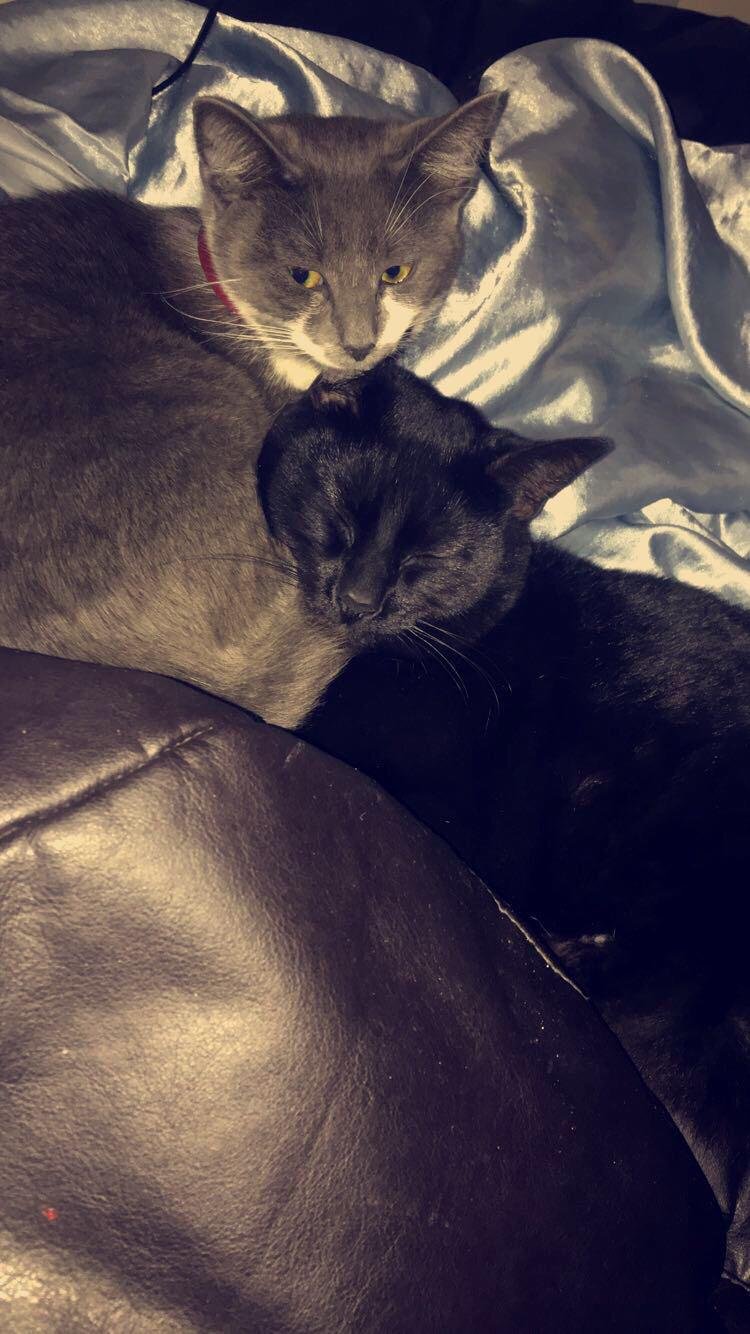
Quality time is the secret ingredient in any strong relationship, and that’s just as true for cats as it is for humans. Spending time playing, petting, or simply sitting together on the couch can deepen your bond. The more positive experiences you share, the more your cat will come to see you as their number one. Even small rituals—like a nightly treat or a morning cuddle—can go a long way in cementing your status as your cat’s favorite person.
Respecting Boundaries and Building Trust
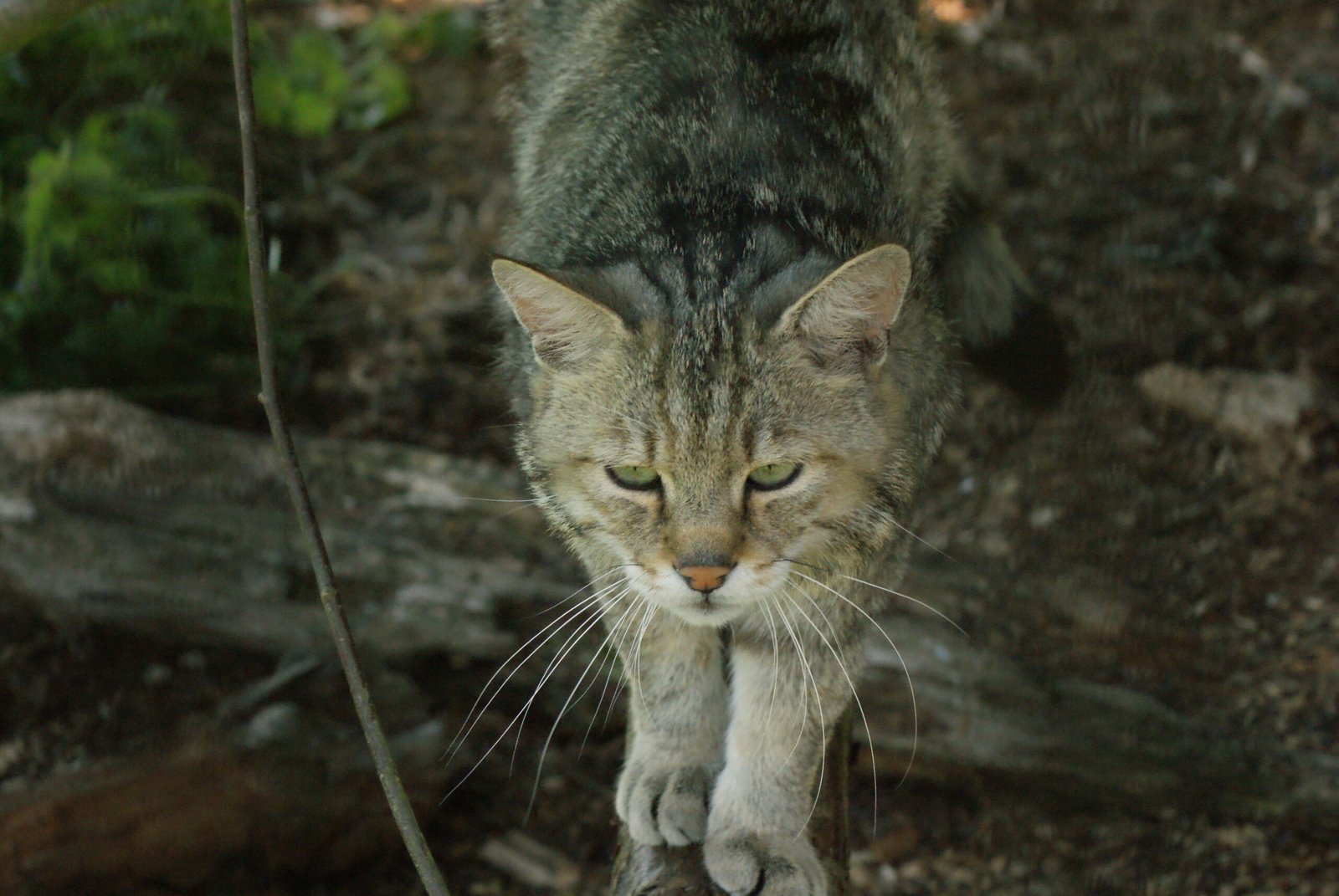
Cats value their personal space, and nothing drives them away faster than unwanted attention. The person who gives a cat room to breathe and respects their boundaries is often rewarded with trust and affection. Patience is crucial—forcing a cat to interact before they’re ready can break the fragile thread of trust. By letting your cat set the pace, you show them that their feelings matter, paving the way for a deep, lasting bond.
Play and Positive Reinforcement
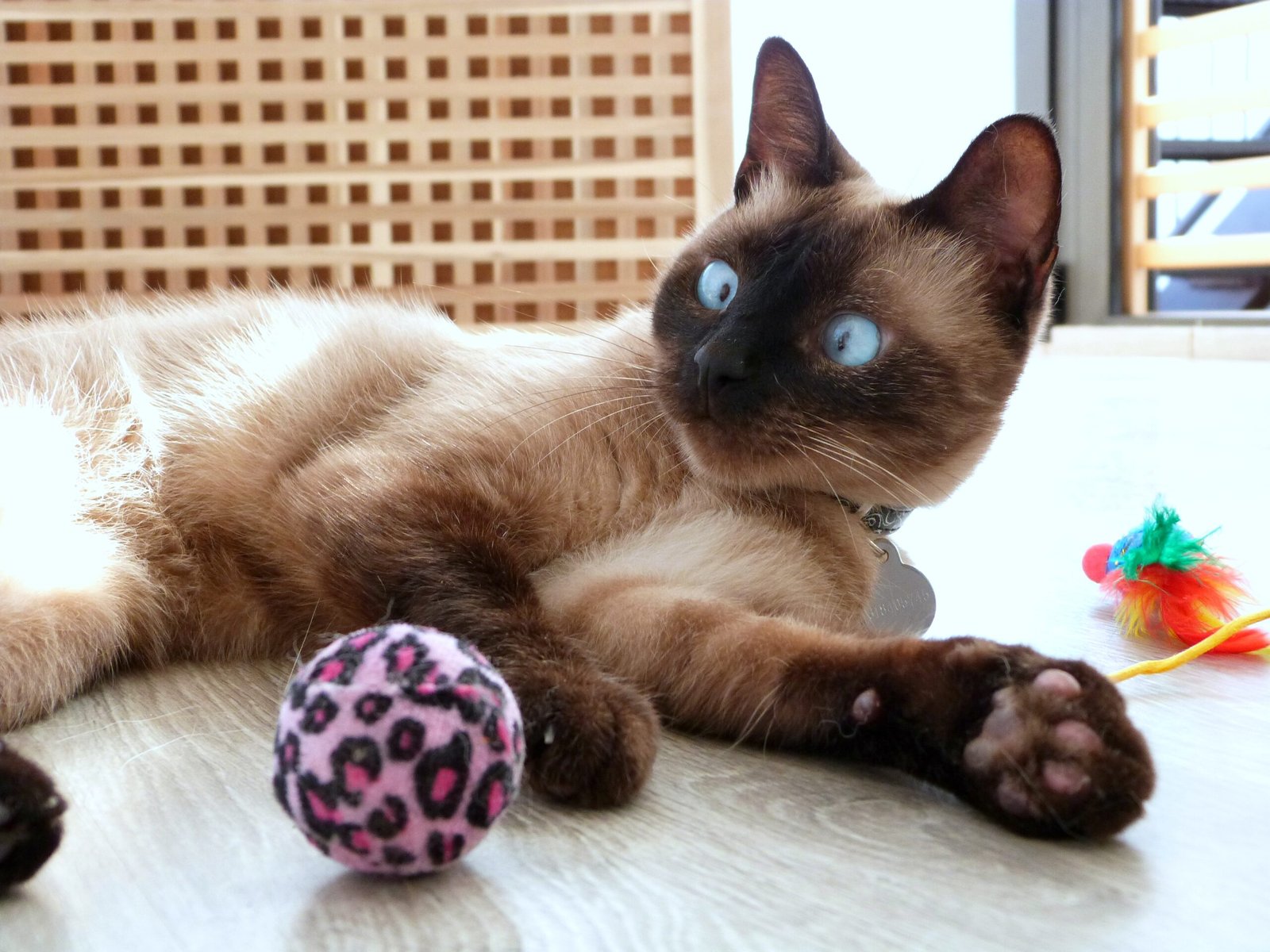
Interactive play is a powerful tool for building a relationship with your cat. Toys, games, and treats create positive associations and help your cat burn off energy in a fun, safe way. The person who engages in regular play sessions often becomes the focus of a cat’s affection. Positive reinforcement—like treats or gentle praise—further strengthens this connection, turning playtime into a cherished daily ritual.
Gentle Handling and Comforting Touch

Cats remember how they’re handled. Gentle, reassuring touch builds confidence and trust, while rough or unpredictable handling can make a cat wary. The person who understands the difference between a soothing pet and an overwhelming squeeze often becomes a cat’s chosen companion. This gentle approach helps nervous or sensitive cats come out of their shell, forging a bond that’s built on respect and understanding.
Emotional Reciprocity: Cats Feel What You Feel

Cats are surprisingly in tune with human emotions. They pick up on your moods, responding to stress, sadness, or happiness in their own subtle ways. If you’re calm and relaxed, your cat is more likely to feel at ease. Emotional reciprocity is the silent language of love between cats and humans. The person who offers steady, loving support becomes the emotional anchor in a cat’s life, deepening the connection with every shared feeling.
Hi, I’m Bola, a passionate writer and creative strategist with a knack for crafting compelling content that educates, inspires, and connects. Over the years, I’ve honed my skills across various writing fields, including content creation, copywriting, online course development, and video scriptwriting.
When I’m not at my desk, you’ll find me exploring new ideas, reading books, or brainstorming creative ways to solve challenges. I believe that words have the power to transform, and I’m here to help you leverage that power for success.
Thanks for stopping by, Keep coming to this website to checkout new articles form me. You’d always love it!






